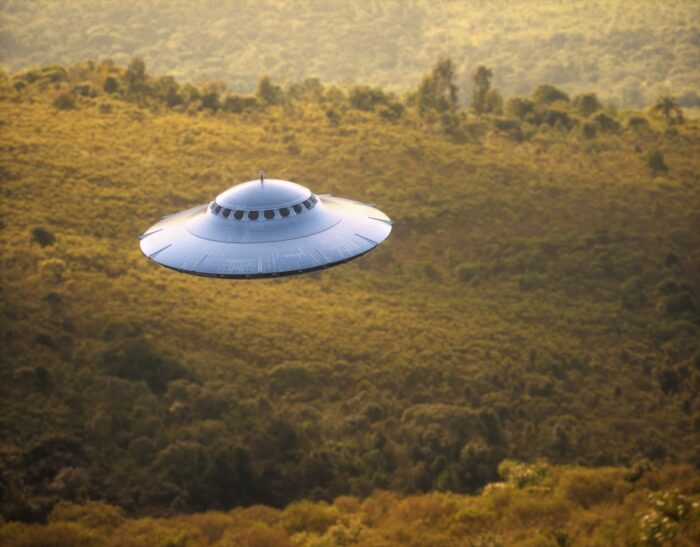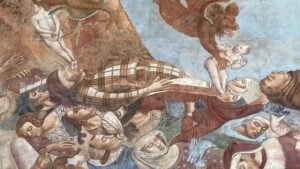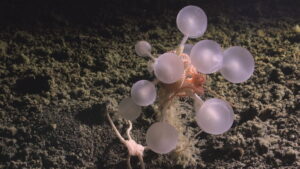Some Harvard researchers are considering the possibility that aliens might be living among us undetected. These reports are based on a theoretical paper that is “in press” in the journal Philosophy and Cosmology.
The paper addresses the increasing interest in unidentified aerial phenomena (UAP). In 2017, footage of three U.S. military encounters with UAP was released, drawing global attention to the topic. This led the Department of Defense to confirm the footage’s authenticity and establish the All-domain Anomaly Resolution Office (AARO).
Since then, the AARO has investigated over 800 cases, with a small percentage unexplained. Their findings suggest that some UAP exhibit characteristics that cannot be attributed to the U.S. or other nations.
According to the Harvard researchers, explanations for UAP generally fall into two broad categories: human-made technology or advanced extraterrestrial civilizations. However, they also explore a lesser-known theory, the Ultra-terrestrial Hypothesis. This suggests that UAP might be linked to intelligent beings concealed on Earth, possibly in underground environments or nearby locations like the moon. This theory includes the Cryptoterrestrial Hypothesis, which proposes that these beings might live among us disguised as humans.

How most readers will picture unidentified aerial phenomena. Photo: Shutterstock
The Cryptoterrestrial Hypothesis
The Harvard team discusses four possibilities for cryptoterrestrial beings. One theory posits that an advanced ancient human civilization might have survived catastrophic events, such as floods, and continues to exist secretly. Another suggests that a non-human society, evolving from intelligent dinosaurs or ape-like hominids, could dwell underground.
A third theory proposes that aliens might have traveled from the moon or other places and hidden themselves among us. Lastly, the “magical cryptoterrestrials” theory describes beings like “earthbound angels” with magical relationships with humans, akin to folklore creatures like fairies and elves, though this idea is often dismissed due to its perceived oddity.
The authors clarify that this paper is a speculative thought piece reflecting their own interests and ideas. They emphasize that they believe their suggestions to be highly unlikely but stress that they still merit future scientific investigation.
It should be noted that the lead author, Dr. Tim Lomas, also sits on the editorial board of Philosophy and Cosmology and has recently published a similar theoretical paper in the journal. Lomas is a psychologist with a background in well-being research, raising questions about how much credence this paper may garner among the wider scientific community.
While these ideas may seem implausible and are likely to face skepticism from many, the authors argue that the mysterious nature of some UAP incidents warrants serious consideration. The Harvard team calls for an open-minded approach, emphasizing the importance of exploring all possible explanations.






